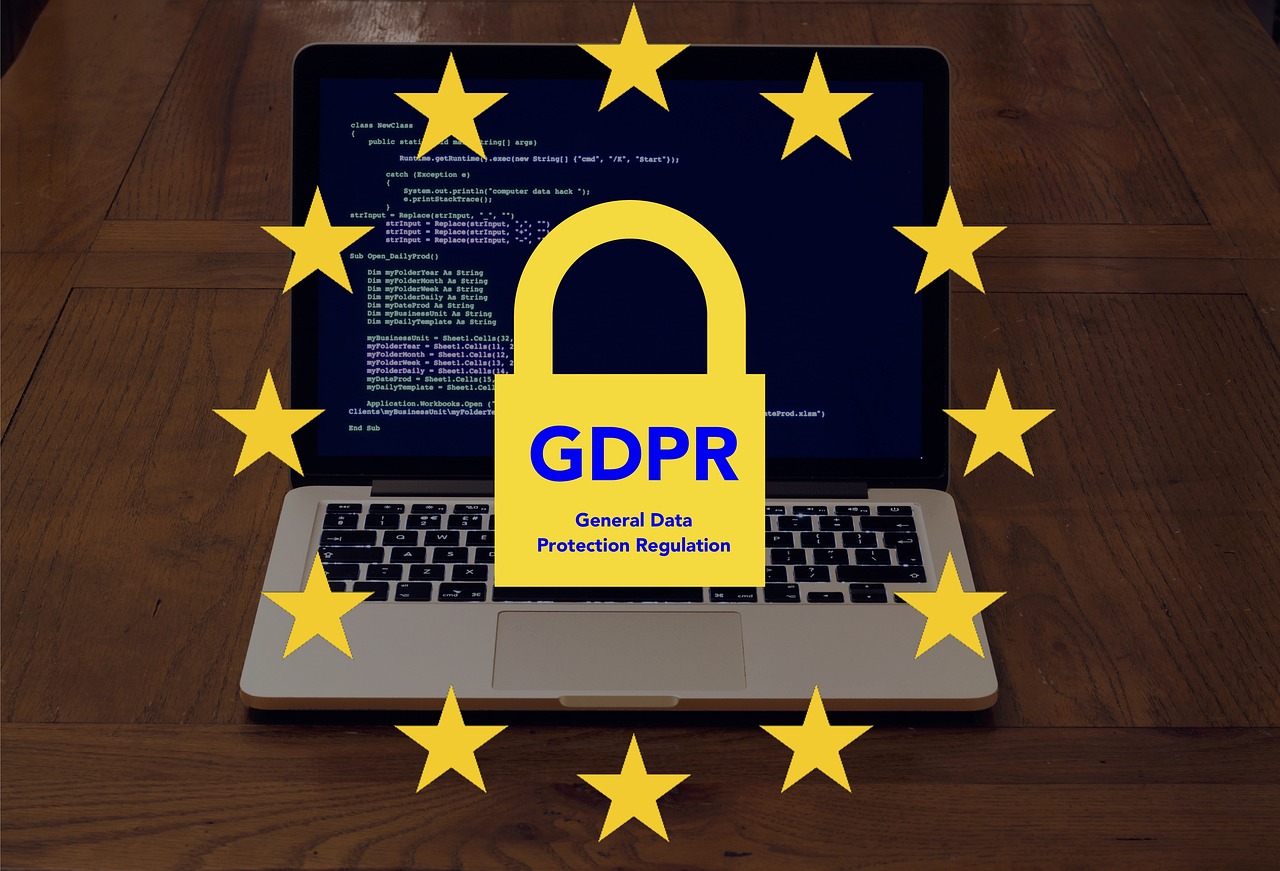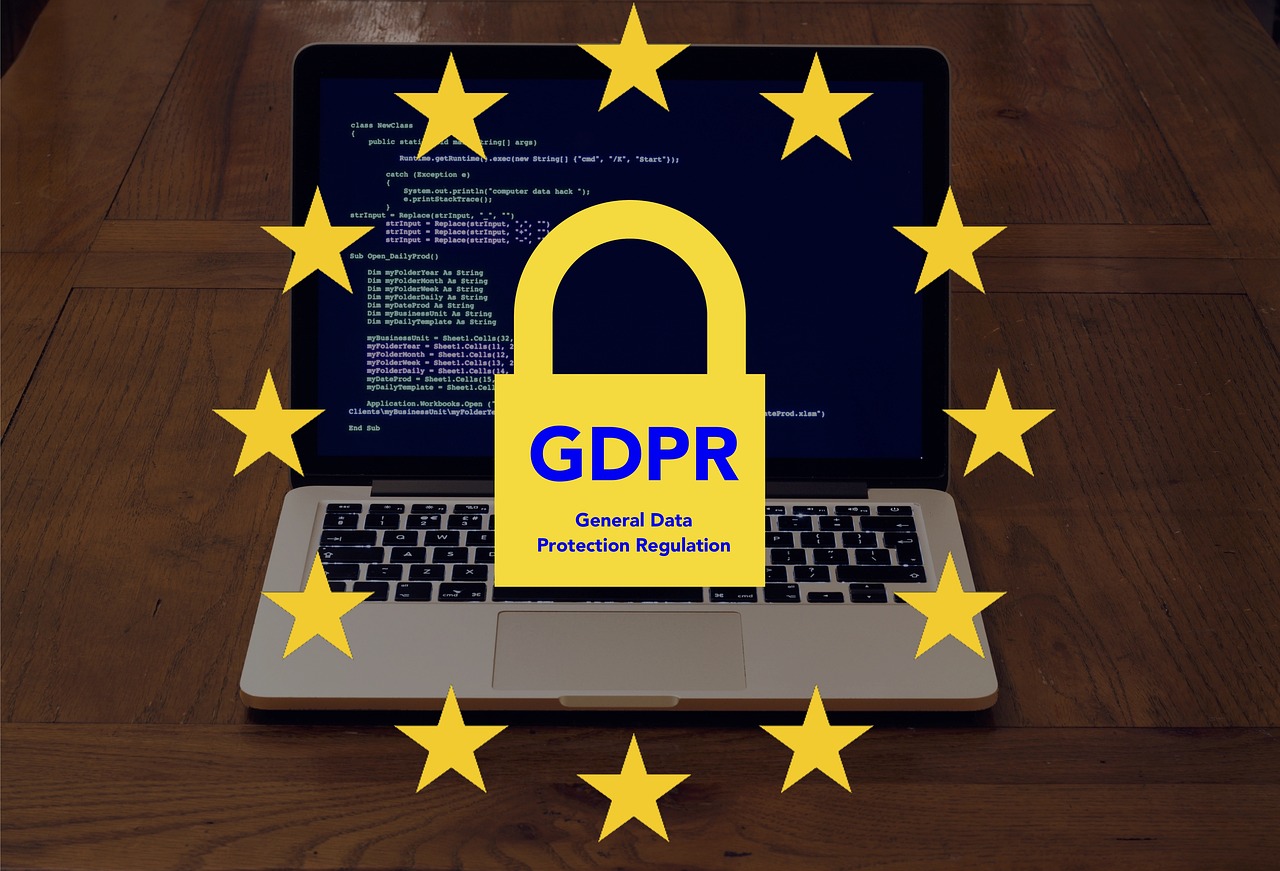
Incident Response: Hunting Blind Spots, Seizing Opportunities
Downtime. Data breaches. System failures. In today's interconnected world, IT incidents are an unfortunate reality for organizations of all sizes. The speed and effectiveness with which you respond to these incidents can be the difference between a minor inconvenience and a catastrophic event. That's why having a well-defined and regularly tested incident response plan is crucial. This post will delve into the essential components of incident response, providing practical steps to help you build a robust strategy for protecting your organization's assets and reputation.
What is Incident Response?
Defining Incident Response
Incident response is the process an organization uses to identify, analyze, contain, eradicate, and recover from an incident. It encompasses a set of procedures, tools, ...









